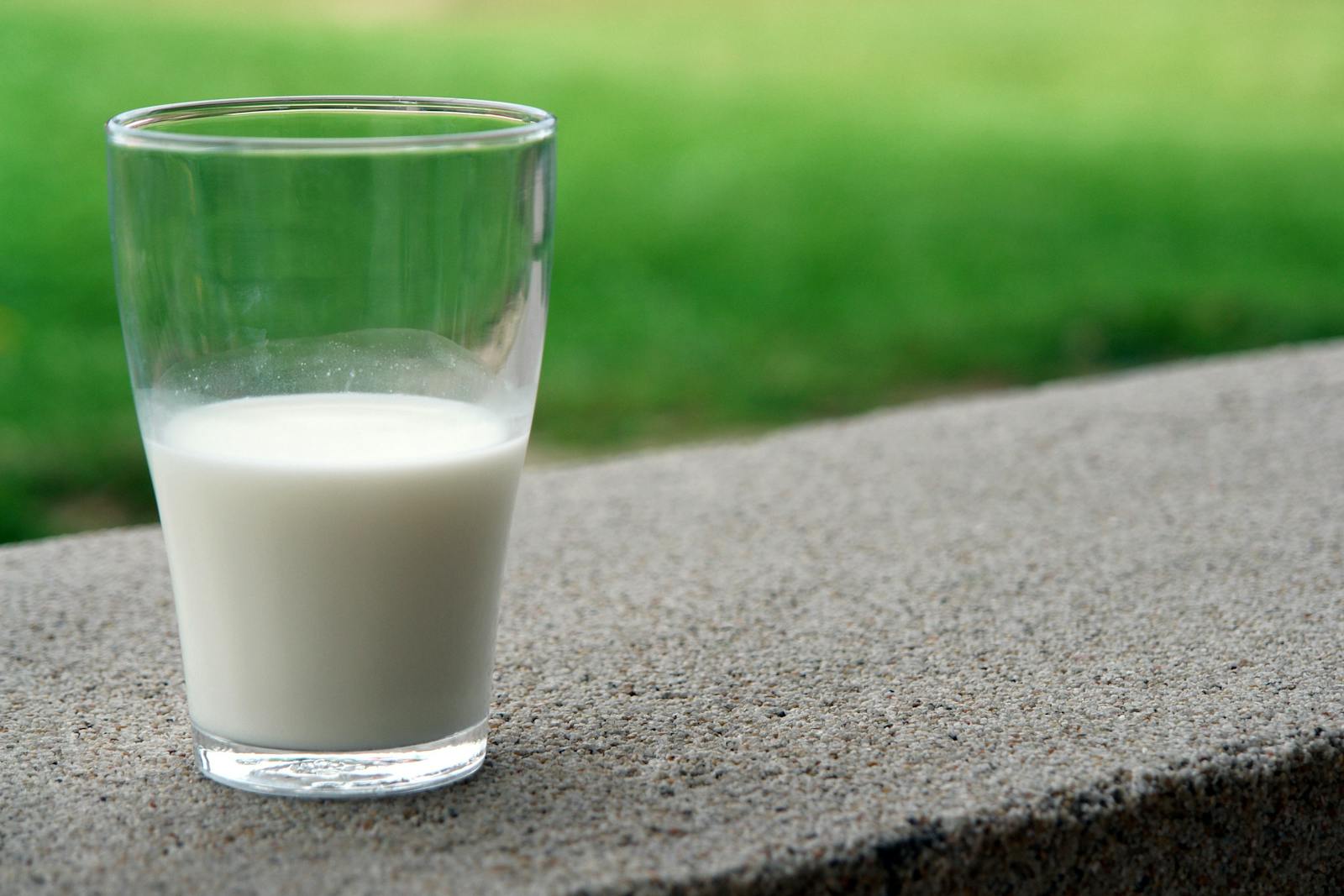Ayurveda: The Ancient Science of Healing
Ayurveda is one of the oldest systems of natural healing in the world, originating in India more than 5,000 years ago. Derived from the Sanskrit words “Ayur” (life) and “Veda” (knowledge), Ayurveda translates to “the science of life.” It is not just a system for treating illness, but a comprehensive way of living that promotes balance between the mind, body, and spirit to maintain health and prevent disease. This holistic approach to health focuses on harmony with nature, living mindfully, and using natural remedies, diet, and lifestyle choices to achieve wellness.
In this detailed blog post, we’ll explore what Ayurveda is, its principles, benefits, and how you can incorporate Ayurvedic practices into your daily life to promote balance, well-being, and longevity.
1. History of Ayurveda
Ayurveda is believed to have been passed down from the gods to sages, who then imparted this wisdom to humans. The oldest written records of Ayurveda can be found in the ancient texts of the Vedas, particularly in the Atharvaveda, which dates back to 1500 BC.
Classical texts such as the Charaka Samhita and Sushruta Samhita, written by ancient scholars Charaka and Sushruta, form the foundation of Ayurvedic medicine. While Charaka Samhita deals with internal medicine and the prevention of disease, the Sushruta Samhita focuses on surgery and various surgical techniques.
For centuries, Ayurveda has been the go-to system for treating physical, mental, and spiritual health in India, and it is now gaining global recognition as a potent and effective form of complementary medicine.
2. The Five Elements in Ayurveda
Ayurveda revolves around the concept of Pancha Mahabhuta, or the five elements: Earth (Prithvi), Water (Jala), Fire (Agni), Air (Vayu), and Ether (Akasha). These elements are believed to form the basis of all matter in the universe, including the human body.
- Earth: Represents solidity and stability, forming the structure of bones, muscles, and tissues.
- Water: Governs fluid balance, responsible for blood, lymph, and other bodily fluids.
- Fire: Symbolizes transformation, associated with digestion, metabolism, and body temperature.
- Air: Controls movement, encompassing breathing, circulation, and the movement of thoughts.
- Ether: Represents the space in which all things occur, including our thoughts and emotions.
Every human being is a unique combination of these five elements, and balance among them leads to optimal health, while imbalance causes disease.
3. Doshas: The Three Energies of Life
The five elements combine to form the three Doshas—Vata, Pitta, and Kapha—which govern all physiological and psychological processes in the body. Each person has a unique constitution, or Prakriti, based on the dominance of one or more of these doshas.
a. Vata Dosha (Air + Ether)
Vata governs movement, including circulation, breathing, and elimination. People with a dominant Vata constitution are often creative, energetic, and quick-thinking but can become anxious or overwhelmed when out of balance.
- Imbalance Symptoms: Dry skin, constipation, restlessness, anxiety, and insomnia.
- Balancing Vata: Warm, moist foods, grounding activities, regular routines, and oil massages.
b. Pitta Dosha (Fire + Water)
Pitta is responsible for transformation and governs digestion, metabolism, and temperature regulation. Those with a Pitta constitution are typically intelligent, focused, and strong-willed but may become irritable, overheated, or prone to inflammation when out of balance.
- Imbalance Symptoms: Heartburn, inflammation, anger, irritability, and rashes.
- Balancing Pitta: Cooling foods, avoiding spicy foods, practicing moderation, and spending time in nature.
c. Kapha Dosha (Earth + Water)
Kapha governs structure and stability in the body, including immunity, strength, and emotional resilience. People with a dominant Kapha dosha tend to be calm, patient, and strong, but they can become lethargic, overweight, or prone to depression when imbalanced.
- Imbalance Symptoms: Weight gain, sluggish digestion, excess mucus, and depression.
- Balancing Kapha: Stimulating activities, light foods, regular exercise, and engaging in new experiences.
Achieving balance among the doshas is key to maintaining good health, according to Ayurveda.
4. Ayurvedic Diagnosis and Treatment Methods
Ayurvedic practitioners diagnose and treat patients based on the unique constitution of the individual and the imbalance of their doshas. Ayurvedic diagnosis methods include:
- Pulse Diagnosis (Nadi Pariksha): Checking the pulse to understand the balance of the doshas.
- Tongue Diagnosis (Jihva Pariksha): Examining the tongue for signs of imbalance.
- Urine Diagnosis (Mutra Pariksha): Observing the color and consistency of urine.
- Observation (Darshana): Observing physical symptoms such as skin tone, voice, and posture.
- Questioning (Prashna): Asking the patient about their lifestyle, emotions, and medical history.
Treatment Modalities
- Herbal Medicines: Ayurveda uses herbs and plant-based remedies like Ashwagandha, Turmeric, Neem, and Brahmi to treat various ailments.
- Panchakarma: A detoxification process that includes five purification techniques—Vamana (emesis), Virechana (purgation), Basti (enema), Nasya (nasal administration), and Rakta Mokshana (bloodletting).
- Yoga and Meditation: These practices help in calming the mind, improving flexibility, and bringing balance to the body.
- Massage and Oil Treatments (Abhyanga): Ayurvedic massages with herbal oils balance the doshas and promote relaxation.
- Diet and Lifestyle Changes: Ayurveda emphasizes a diet that aligns with your dosha and the season to maintain balance.
5. Benefits of Ayurveda
Ayurveda offers a wide range of benefits that promote overall well-being, including:
- Natural Healing: Ayurveda uses plant-based medicines, oils, and minerals to treat the root cause of diseases, rather than just suppressing symptoms.
- Personalized Health Care: Treatments are tailored to an individual’s constitution and imbalances, making it highly customized and effective.
- Prevention: Ayurveda focuses on preventing disease through lifestyle choices, including diet, exercise, and stress management.
- Mind-Body Connection: Ayurveda emphasizes the inseparable link between the mind and body, recognizing that mental health affects physical health and vice versa.
- Holistic Approach: Ayurveda addresses all aspects of life—physical, mental, and spiritual—helping individuals lead balanced and fulfilling lives.
6. Ayurvedic Diet and Nutrition
Ayurveda teaches that “you are what you eat,” and that food should be eaten according to your dosha and the season. The Ayurvedic diet emphasizes whole, fresh, and organic foods, tailored to each dosha’s needs.
Vata-Pacifying Foods:
- Warm, cooked, and mildly spiced foods
- Sweet, sour, and salty tastes
- Avoid cold and raw foods
Pitta-Pacifying Foods:
- Cooling and soothing foods
- Sweet, bitter, and astringent tastes
- Avoid spicy and oily foods
Kapha-Pacifying Foods:
- Light, warm, and dry foods
- Pungent, bitter, and astringent tastes
- Avoid heavy and fatty foods
Proper meal timing, mindful eating, and using herbs and spices like cumin, coriander, and ginger are essential parts of the Ayurvedic approach to diet.
7. Ayurvedic Herbal Remedies
Herbs play a central role in Ayurvedic treatment. Some common Ayurvedic herbs include:
- Ashwagandha: Known for its rejuvenating properties, it reduces stress and improves energy levels.
- Turmeric: A powerful anti-inflammatory and antioxidant, useful in treating skin conditions, digestive issues, and joint pain.
- Brahmi: Improves memory, concentration, and mental clarity.
- Neem: Purifies the blood and helps in treating skin problems.
- Triphala: A combination of three fruits that detoxifies the body and supports digestion.
8. Ayurveda for Skin and Hair Care
Ayurvedic beauty treatments aim to nourish the body from within, believing that beauty is the result of internal health. Ayurvedic remedies for skin and hair care include:
- Turmeric for Glowing Skin: Turmeric mixed with milk or honey is a popular Ayurvedic face mask.
- Aloe Vera for Soothing Skin: Aloe Vera has cooling properties that help in treating burns, acne, and rashes.
- Herbal Hair Oils: Regular use of Ayurvedic oils like Bhringraj, Amla, and Coconut oil strengthens hair and prevents dandruff.
- Face Packs: Natural ingredients like sandalwood, turmeric, and rose water are used in Ayurvedic face packs for glowing skin.
9. Ayurveda and Mental Health
Ayurveda recognizes the deep connection between mental health and physical well-being. Ayurvedic treatments for mental health focus on calming the mind, reducing stress, and promoting emotional balance.
- Meditation and Pranayama: Breathing exercises and meditation are used to reduce anxiety and promote mental clarity.
- Herbal Supplements: Brahmi, Shankhpushpi, and Ashwagandha are commonly used to boost cognitive function and reduce stress.
- Aromatherapy: Essential oils like sandalwood, jasmine, and lavender are used for their calming and mood-lifting properties.
10. How to Incorporate Ayurveda into Your Daily Routine
Integrating Ayurveda into your life doesn’t require major changes. Here are some simple tips:
- Follow a Dosha-Specific Diet: Eating according to your dosha helps maintain balance.
- Practice Abhyanga (Self-Massage): Daily oil massage keeps the body nourished and stress-free.
- Wake Up Early: Ayurveda recommends waking up before sunrise to sync with the body’s natural rhythms.
- Drink Warm Water: Begin your day by drinking warm water to stimulate digestion.
- Meditation and Yoga: Incorporate mindfulness practices into your daily routine for mental clarity and peace.
Conclusion
Ayurveda offers a time-tested, holistic approach to health that is both preventative and curative. By understanding your dosha, following a balanced diet, and using natural remedies, you can achieve a harmonious balance of mind, body, and spirit. Whether you seek physical healing or mental peace, Ayurveda provides a natural, effective path to wellness.
Incorporating Ayurvedic principles into your life can bring profound changes, helping you to live a healthier, more balanced life in tune with nature’s rhythms. Whether you’re just beginning your Ayurvedic journey or deepening your practice, remember that Ayurveda is not just about treating illness—it’s about cultivating long-term well-being.






